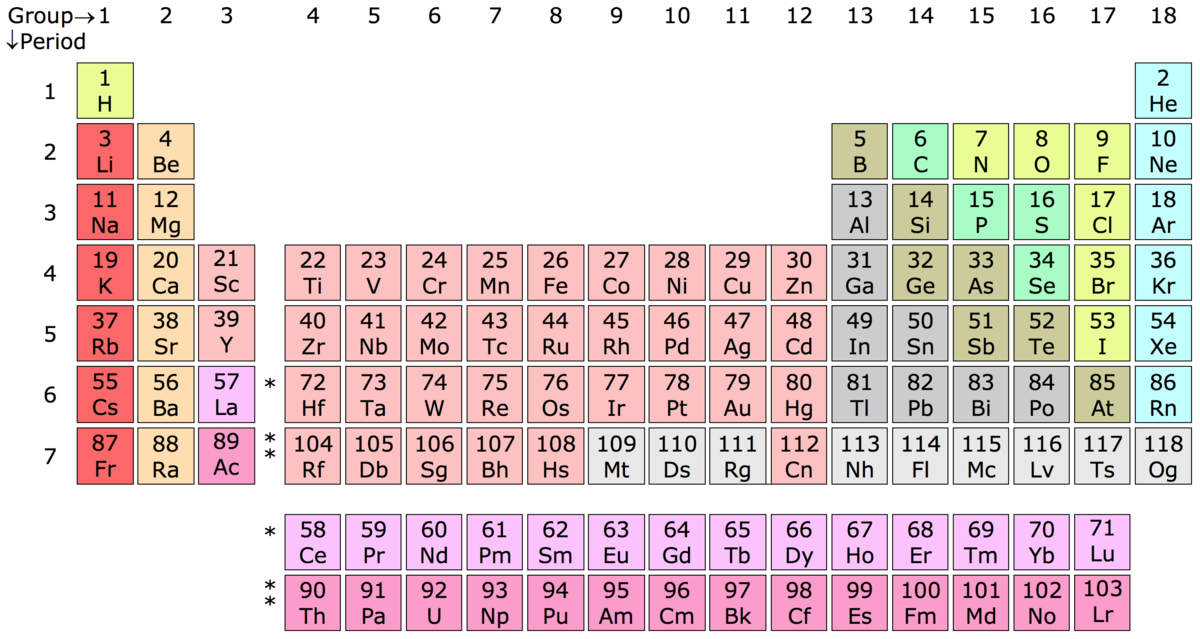

The English chemist John Newlands (1838–1898), hypothesizing that the chemistry of the elements might be related to their masses, arranged the known elements in order of increasing atomic mass and discovered that every seventh element had similar properties ( Figure 3.4.1 ). The middle three members of most of the other columns, such as sulfur, selenium, and tellurium in group 16 or aluminum, gallium, and indium in group 13, also have remarkably similar chemistry.īy the mid-19th century, the atomic masses of many of the elements had been determined.

We now know that portions of the periodic table-the d block in particular-contain triads of elements with substantial similarities. Dobereiner proposed that all elements could be grouped in such triads, but subsequent attempts to expand his concept were unsuccessful. One of the first to suggest such an arrangement was the German chemist Johannes Dobereiner (1780–1849), who noticed that many of the known elements could be grouped in triads A set of three elements that have similar properties., sets of three elements that have similar properties-for example, chlorine, bromine, and iodine or copper, silver, and gold. Now that we have arranged the table according to electronic structure, it makes sense to go back and look at earlier efforts in the light of what we know about electronic structure The modern periodic table has evolved through a long history of attempts by chemists to arrange the elements according to their reactivity and other properties as an aid in predicting chemical behavior. To become familiar with the history of the periodic table.The Role of the Atomic Number in the Periodic Table.


 0 kommentar(er)
0 kommentar(er)
